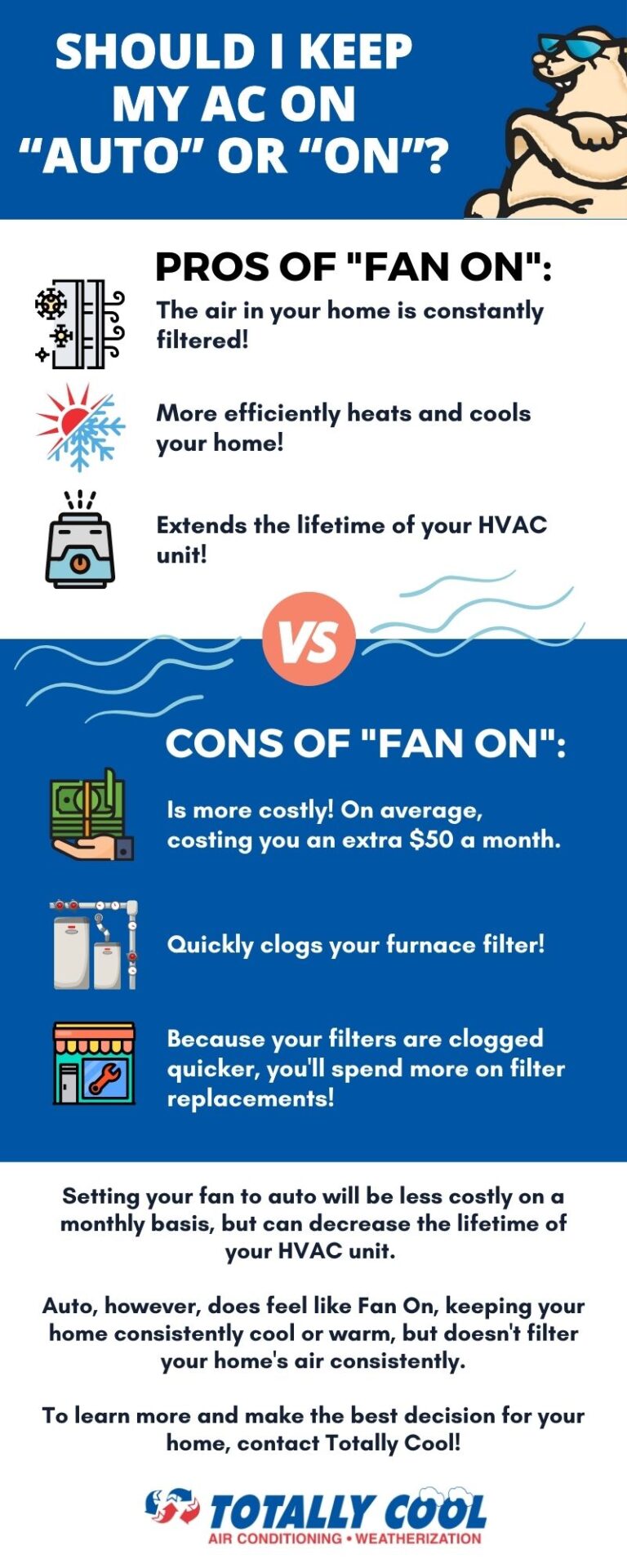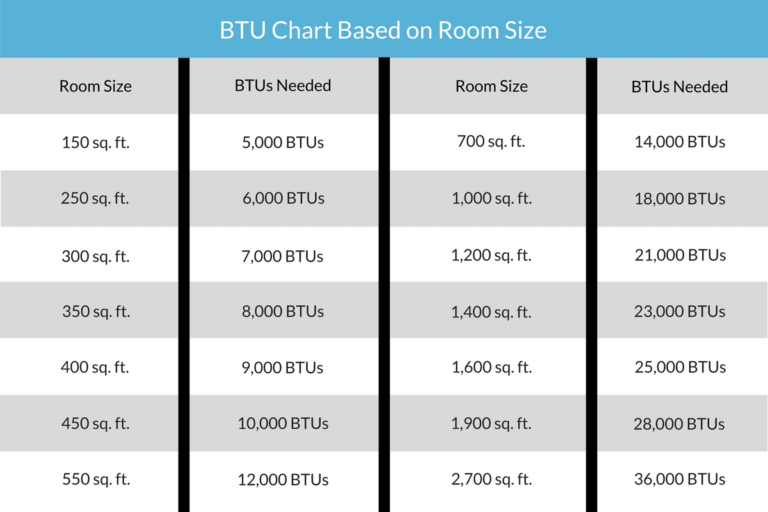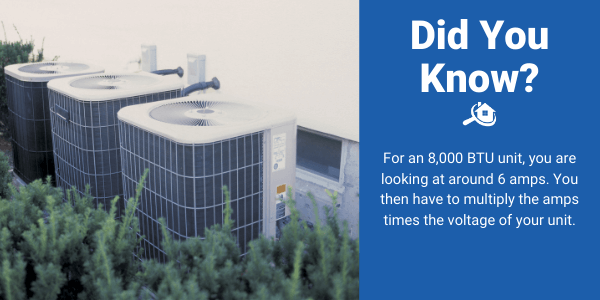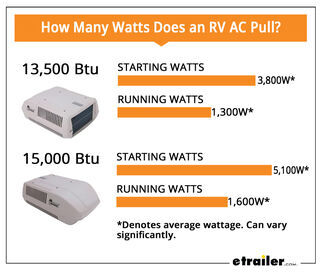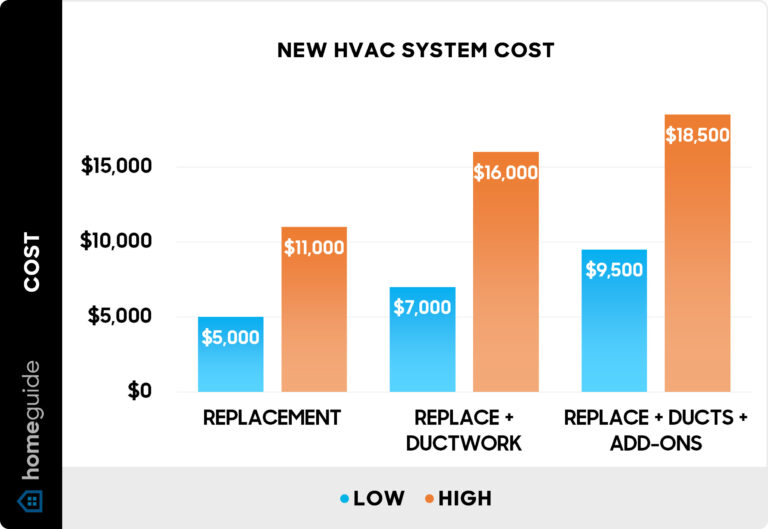Can You Take Freon Out Of An Air Conditioner Safely?
No, you cannot legally take Freon out of an air conditioner yourself. Only certified professionals should handle Freon removal.
Freon is a refrigerant used in air conditioners. Handling Freon requires specialized knowledge and equipment due to its hazardous nature. The Environmental Protection Agency (EPA) mandates certification for anyone dealing with refrigerants. Improper handling can result in serious health risks and environmental damage.
Always hire a certified HVAC technician for any Freon-related tasks. This ensures safety and compliance with legal regulations. Properly managing Freon also helps maintain the efficiency and longevity of your air conditioning system. Regular maintenance and professional service can prevent leaks and other issues.

Credit: www.moncriefair.com
Introduction To Freon
Freon is a common term used when discussing air conditioning. It’s a refrigerant that plays a crucial role in cooling air. Understanding Freon is essential for anyone dealing with air conditioners. This section will introduce you to what Freon is and its common uses.
What Is Freon?
Freon is a trademarked name for a group of chemicals. These chemicals are used as refrigerants in air conditioners. Freon is a type of chlorofluorocarbon (CFC). It helps in the cooling process by absorbing heat from the air.
There are different types of Freon, such as R-22 and R-410A. R-22 has been widely used but is being phased out due to environmental concerns. R-410A is a newer, more environmentally friendly option.
Common Uses Of Freon
Freon is used in various applications beyond air conditioners. Here are some common uses:
- Refrigerators: Freon helps keep food cold and fresh.
- Freezers: It maintains low temperatures to preserve frozen items.
- Car Air Conditioning: Freon cools the air in vehicle cabins.
Freon is also found in some industrial cooling systems. It is essential for many cooling processes.
Freon is a vital component in many cooling devices. Its role in air conditioning is significant for comfort and convenience.
Safety Precautions
Removing Freon from an air conditioner is a serious task. Safety is paramount to prevent injury and environmental harm. This guide outlines the essential safety precautions.
Personal Protective Equipment
Always wear the right personal protective equipment (PPE) before starting. Here’s what you need:
- Safety goggles to protect your eyes from Freon exposure.
- Gloves to protect your hands from cold burns.
- Long sleeves and pants to cover your skin.
- Face mask to avoid inhaling harmful fumes.
Ventilation Requirements
Proper ventilation is crucial to prevent Freon buildup in the air. Follow these steps:
- Ensure the work area is well-ventilated.
- Open windows and doors to allow fresh air in.
- Use fans to circulate air and disperse fumes.
Freon exposure can be dangerous. Always prioritize safety by wearing the right gear and ensuring good ventilation.
Required Tools
Removing Freon from an air conditioner requires specific tools. Each tool ensures the process is safe and efficient. Below are the essential tools you need.
Recovery Machines
Recovery machines are crucial for removing Freon. They transfer the refrigerant from the air conditioner to a storage tank. These machines prevent the release of harmful gases into the atmosphere. Here are some features to look for:
- High recovery speed
- Oil-less compressor
- Self-purge feature
- Lightweight and portable design
Always follow the manufacturer’s guidelines. This ensures safe and efficient operation.
Manifold Gauges
Manifold gauges are another essential tool. They measure the pressure of the refrigerant. This helps in safely recovering and recharging Freon. Manifold gauges have two main components:
- High-pressure gauge: Measures the pressure on the high side.
- Low-pressure gauge: Measures the pressure on the low side.
When using manifold gauges, ensure they are compatible with the type of refrigerant in your system. This ensures accurate readings and safe operation.
Using the right tools makes the Freon removal process easy and safe. Equip yourself with high-quality recovery machines and manifold gauges for the best results.
Step-by-step Process
Removing Freon from an air conditioner is a technical task. It requires proper preparation and the right equipment. Follow this step-by-step guide to safely and effectively remove Freon.
Preparing The Air Conditioner
Before starting, make sure the air conditioner is off. Unplug the unit to avoid any electrical hazards. Wear protective gear such as gloves and goggles. This protects you from any potential Freon exposure.
- Turn off the air conditioner.
- Unplug the unit.
- Wear protective gloves and goggles.
Ensure the area is well-ventilated. Freon can be harmful if inhaled. Open windows or use fans to improve air circulation.
- Open windows for ventilation.
- Use fans to circulate air.
Connecting The Equipment
Use a recovery machine to extract Freon. Connect the recovery machine to the air conditioner’s service ports. Make sure the connections are secure to prevent leaks.
- Attach the recovery machine to the service ports.
- Ensure all connections are tight.
Follow the manufacturer’s instructions for your recovery machine. Turn on the recovery machine to start extracting the Freon.
- Read the recovery machine manual.
- Turn on the machine to begin extraction.
Monitor the process closely. The machine will indicate when all Freon is removed.
- Watch the recovery machine’s indicators.
- Wait until the Freon is fully extracted.
Once done, disconnect the recovery machine. Securely store the recovered Freon as per local regulations.
- Turn off the recovery machine.
- Disconnect the equipment.
- Store the Freon safely.
Recovering The Freon
Recovering the Freon from an air conditioner is crucial. This process ensures environmental safety and equipment efficiency. Follow these steps carefully to recover Freon safely.
Starting The Recovery Machine
Begin by connecting the recovery machine to the air conditioner. Ensure all connections are secure. Turn on the recovery machine. Check that it is functioning correctly.
- Connect the recovery machine to the AC unit.
- Ensure all connections are tight and secure.
- Turn on the recovery machine.
- Verify that the machine is working properly.
Monitoring The Process
Keep a close watch on the gauges during the recovery. The pressure should decrease steadily. Listen for any unusual noises. They may indicate a problem.
| Step | Description |
|---|---|
| 1 | Watch the pressure gauges closely. |
| 2 | Ensure the pressure is decreasing steadily. |
| 3 | Listen for unusual sounds. |
If you notice any issues, turn off the machine immediately. Inspect connections and components. Resolve any problems before restarting. Safety is the top priority.
Once the pressure gauges read zero, the recovery is complete. You have successfully removed the Freon. Store the recovered Freon in a safe container.
- Turn off the machine if issues arise.
- Inspect connections and components.
- Resolve problems before restarting.
- Ensure gauges read zero.
- Store recovered Freon safely.

Credit: m.youtube.com
Handling Recovered Freon
When you take Freon out of an air conditioner, it’s important to handle it properly. Freon is a hazardous substance and must be managed with care. This section covers the essential steps for handling recovered Freon.
Storage Guidelines
Proper storage of recovered Freon is crucial. Follow these storage guidelines to ensure safety:
- Store in designated, labeled containers that are designed for refrigerants.
- Keep containers in a cool, dry place away from direct sunlight.
- Ensure containers are tightly sealed to prevent leaks.
- Store in a well-ventilated area to avoid gas buildup.
Disposal Methods
Disposing of recovered Freon must be done following legal and environmental guidelines:
- Contact a certified refrigerant reclamation company for safe disposal.
- Do not release Freon into the air; it damages the ozone layer.
- Ensure the disposal method complies with local and federal regulations.
- Use approved recycling centers that handle refrigerants.
By following these steps, you ensure the safe and legal handling of recovered Freon. Proper management helps protect the environment and complies with regulations.
Legal Considerations
Removing Freon from an air conditioner involves legal considerations. These ensure safety and protect the environment. Understanding these regulations is crucial.
Environmental Regulations
Freon is harmful to the ozone layer. Environmental regulations are strict about its handling. The Clean Air Act governs the use and disposal of Freon. Violating these rules can lead to heavy fines.
Licensing Requirements
Only certified technicians can handle Freon. A Section 608 Certification is required. This ensures safe and legal Freon removal. The certification process includes a test on proper handling procedures.

Credit: www.youtube.com
Common Mistakes
Removing Freon from an air conditioner is not easy. Common mistakes can lead to serious problems. Understanding these mistakes can help avoid them.
Avoiding Contamination
Contamination is a big issue when handling Freon. If Freon touches air, it gets dirty. This contamination can damage your air conditioner. Always use proper tools to avoid air contact.
Another mistake is using old or dirty tools. Clean tools ensure Freon stays pure. Always clean your tools before use. Store them in a clean place.
Preventing Equipment Damage
Improper handling can damage your air conditioner. Always use the right tools. Using a mismatched tool can break parts. Follow the user manual for guidance.
Another mistake is not turning off the unit. Electric shock is a real danger. Always disconnect the power before starting. Safety should be your top priority.
To summarize, avoid contamination and prevent equipment damage. Keep your tools clean and always follow safety steps. These practices ensure a smooth Freon removal process.
Frequently Asked Questions
How Much Does It Cost To Remove Refrigerant From An Ac?
The cost to remove refrigerant from an AC ranges from $100 to $300. Prices vary based on location and technician fees.
Can You Run An Air Conditioner Without Freon?
No, an air conditioner cannot run without Freon. Freon is essential for cooling and proper function. Running without it can damage the unit.
Can You Reuse Freon From An Air Conditioner?
Yes, you can reuse Freon from an air conditioner. A certified technician must properly recover and recycle it.
Conclusion
Removing Freon from an air conditioner requires professional assistance. It’s crucial for safety and environmental reasons. Always contact a certified technician for this task. Proper handling of Freon ensures your air conditioner runs efficiently. Remember, DIY attempts can be dangerous.
Protect your health and the environment by seeking expert help.


